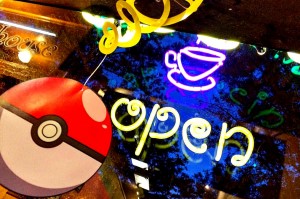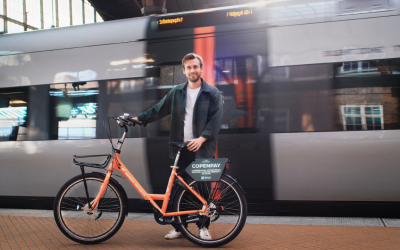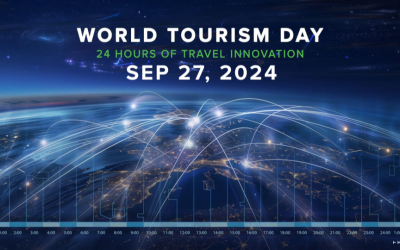Caution: A Charmander or a Blastoise may be hiding in your visitor centre!
If you’re not sure what that means yet, read on. Pokémon GO is a mobile game that uses augmented reality to bring the characters of one of Nintendo’s biggest franchises to life in a neighbourhood near you. Guided by a mobile app, players search for Pokémon pretty much everywhere, including in your destination’s streets, parks, attractions and even on private property, in a quest to catch all 150 characters (Charmander among them).
Watch this primer to understand how the augmented reality game works and read below to see what destinations can learn from this cultural juggernaut.
Why should destinations pay attention to Pokémon GO?
Only because, for many, it’s the biggest app ever! Pokémon GO was “destined to go viral” among millennials who enjoy the nostalgia of the 20-year-old gaming franchise. The game has had a huge uptake since its U.S. release on July 6, with some unforeseen consequences. Police officers have been caught been playing on the job, game-specific travel services similar to Uber are springing up and the game has been blamed for at least two injuries.
To give you a sense of scale, Pokémon GO:
- has been launched in more than 30 countries
- has been installed on two times as many phones as Tinder
- has a daily average use that is higher than Facebook and other social networks
- has more daily users than Twitter in the US on Android devices
- and has raised Nintendo’s market value by $9 billion
Chances are, your visitors are playing, which could impact how they interact with your destination.
Things for your destination to consider going forward

Image credit: John Covington, Flickr
How can your destination become more Pokémon GO-friendly? PokéStops are real-world locations that are natural places for these gamers to gather, so simple signs identifying a business as a PokéStop could have a big impact. In addition, your destination’s businesses and attractions could also use in-app “lures” to draw in new customers, which attract a swarm of Pokémon to that location for 30 minutes. To do this, purchase Lure Modules from the online shop (they cost 100 gold coins each, or $0.99 USD at most). Then, share your efforts through social media and tell guests when to expect the next wave. Or, team up with more businesses in the area to create a whole neighbourhood of Pokémon lures and potential customers.
Update: In just a matter of weeks, many destinations are already using lures. Tourism Edmonton, in Canada for example, is currently scattering them around the city to “get people out and explore” different areas. Amsterdam and cities across the Netherlands particularly have embraced the craze, with tours, meet-ups and festivals springing up as regularly as a Magikarp.
Travellers’ in-destination habits may change. In some cases, Pokémon GO has bred new life into parks and neighbourhoods that may have had limited appeal in the past, drawing crowds that would otherwise not be there. Watch for a change in how visitors and locals use some areas of your destination.
You could create a Pokémon-themed itinerary for your destination. Tourism New Zealand has described some of its most beautiful areas in terms of the Pokémon visitors might find when they visit.
Sponsored partnerships are starting to appear. As part of the game’s Japan release this week, McDonald’s has signed on to create the very first “sponsored locations” in the game. Destinations who seek to increase foot traffic in a particular location may benefit from this in the future.
How can you augment your destination’s reality? While augmented reality (AR) has been commercially available for a decade, some believe that the pop-culture appeal of Pokémon will bring AR to the mainstream. Keep an eye out for future AR apps that could affect your destination and consider how you could reinvent your places and spaces with a strategy that incorporates augmented reality.










Nice article Trevor! I downloaded the app in Toronto’s Historic Distillery District and gotta admit – it was addictive. And it did all the things promised – got people walking around, highlighted all sorts of points of interest, taught me about the destination, and because I didn’t find Pikachu … I have to keep searching in BC. The one downside – it burns up you battery and data plan, but hopefully fixes are coming. Thanks for posting the article – it will have an impact on tourism.